


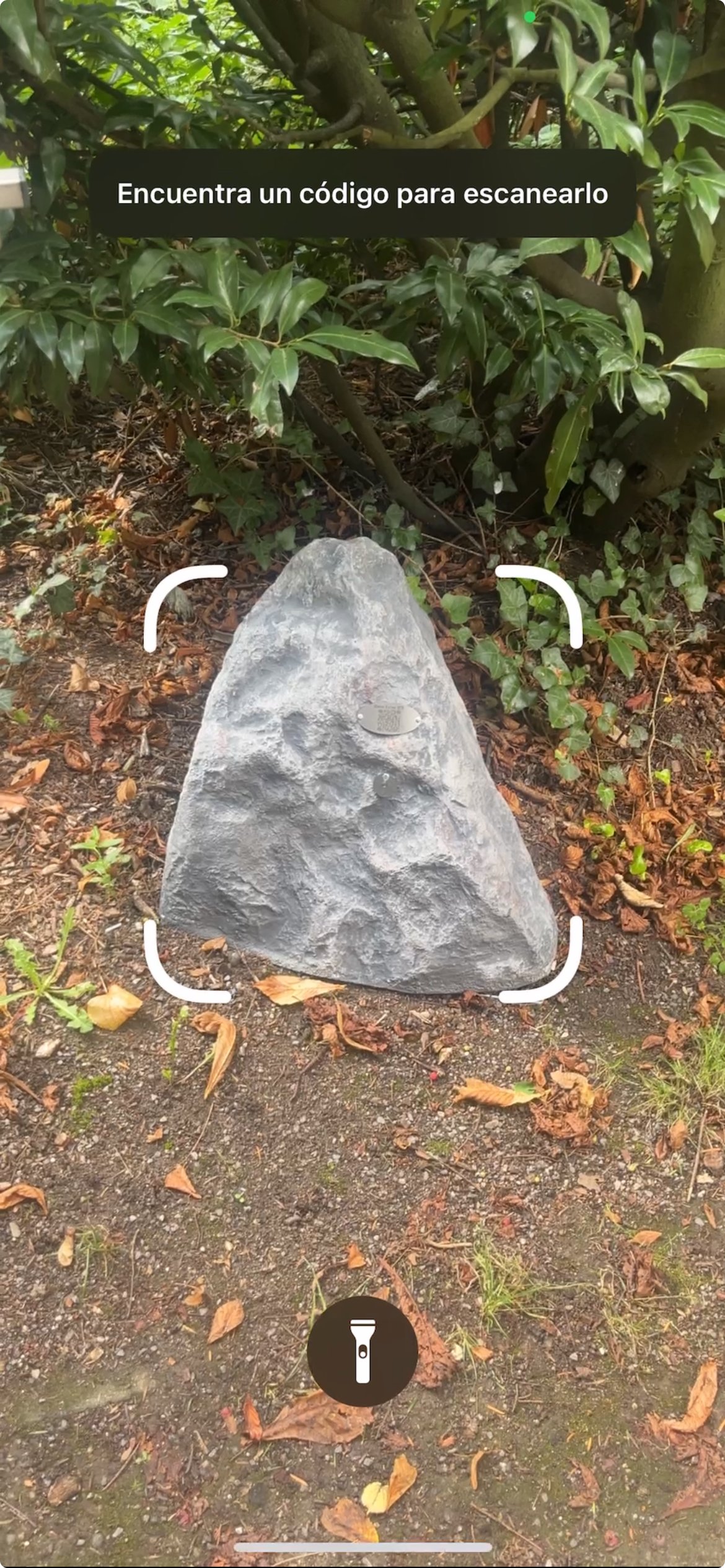
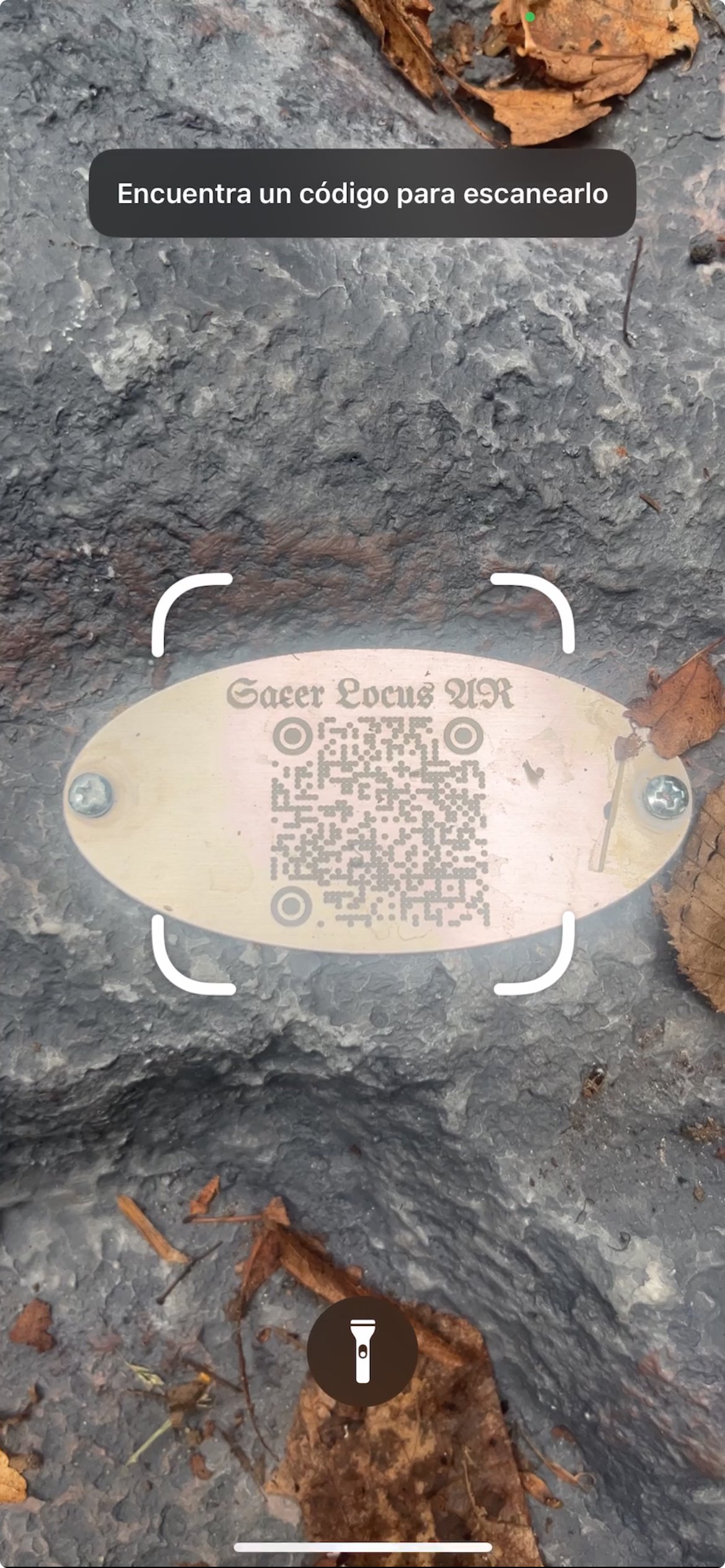
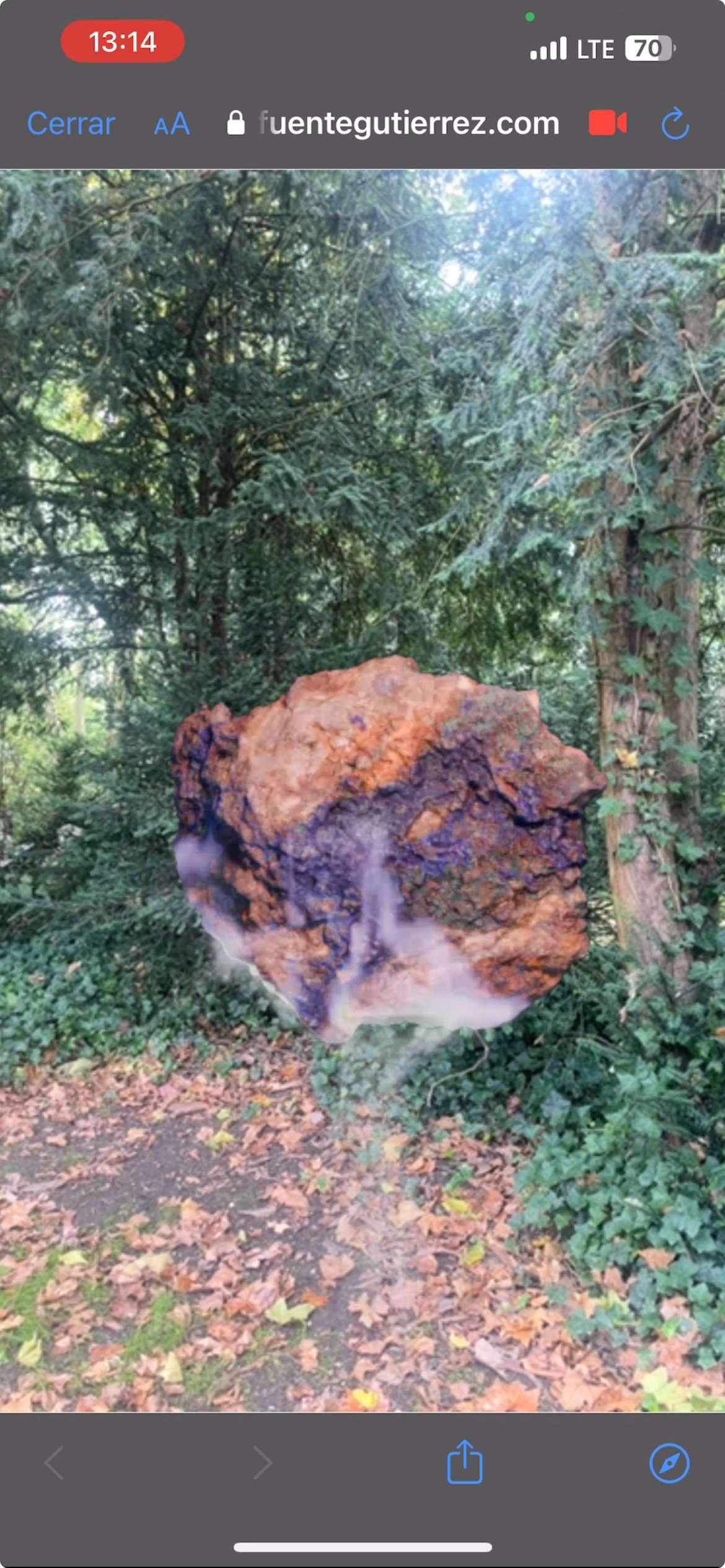
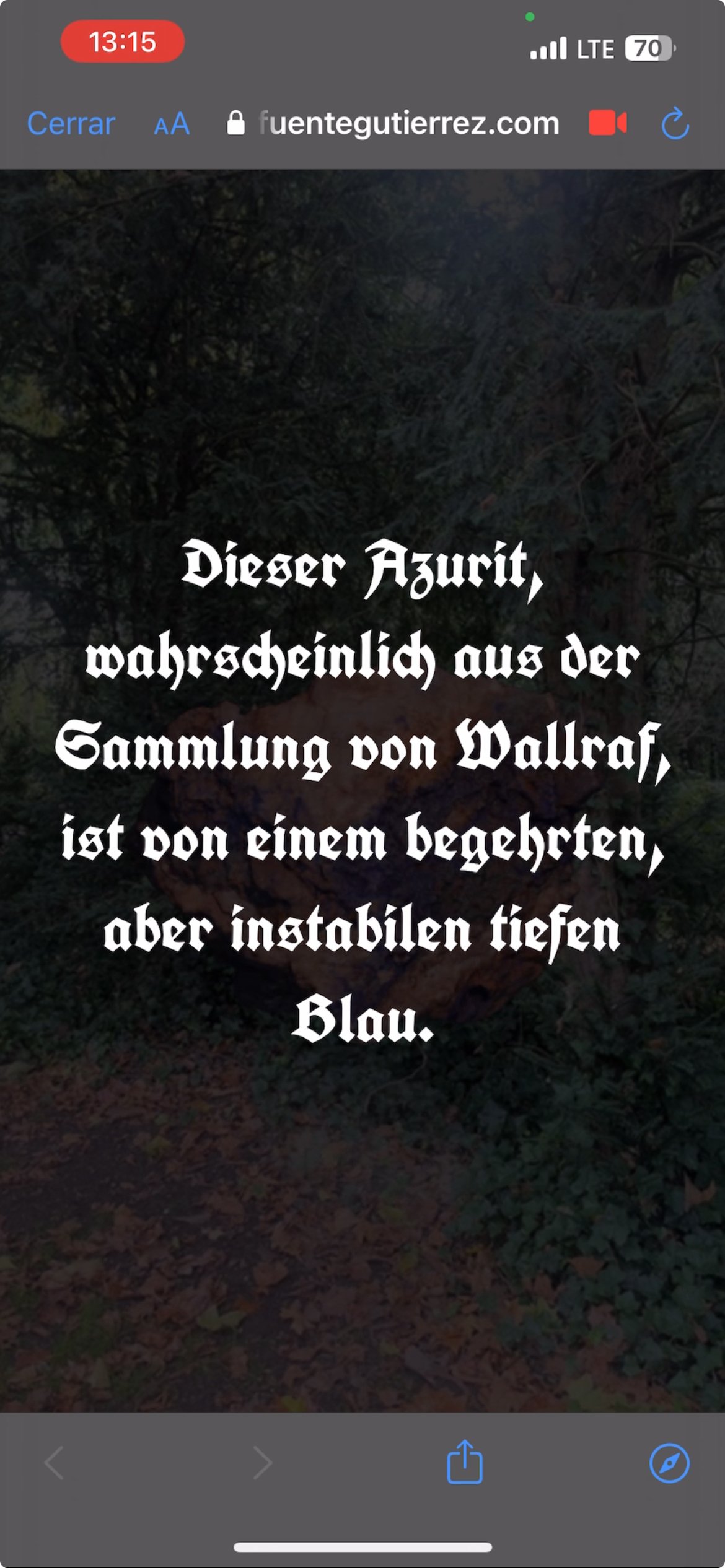

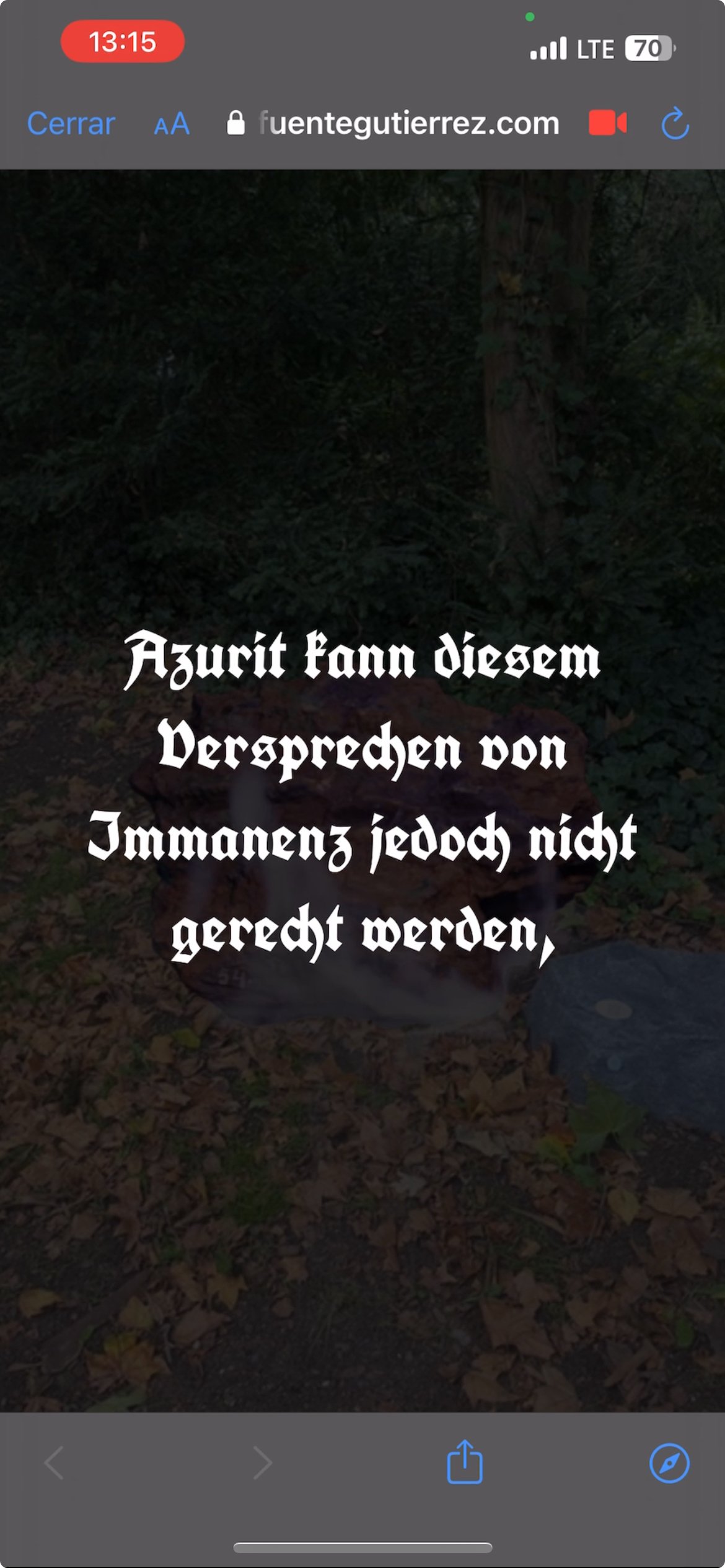




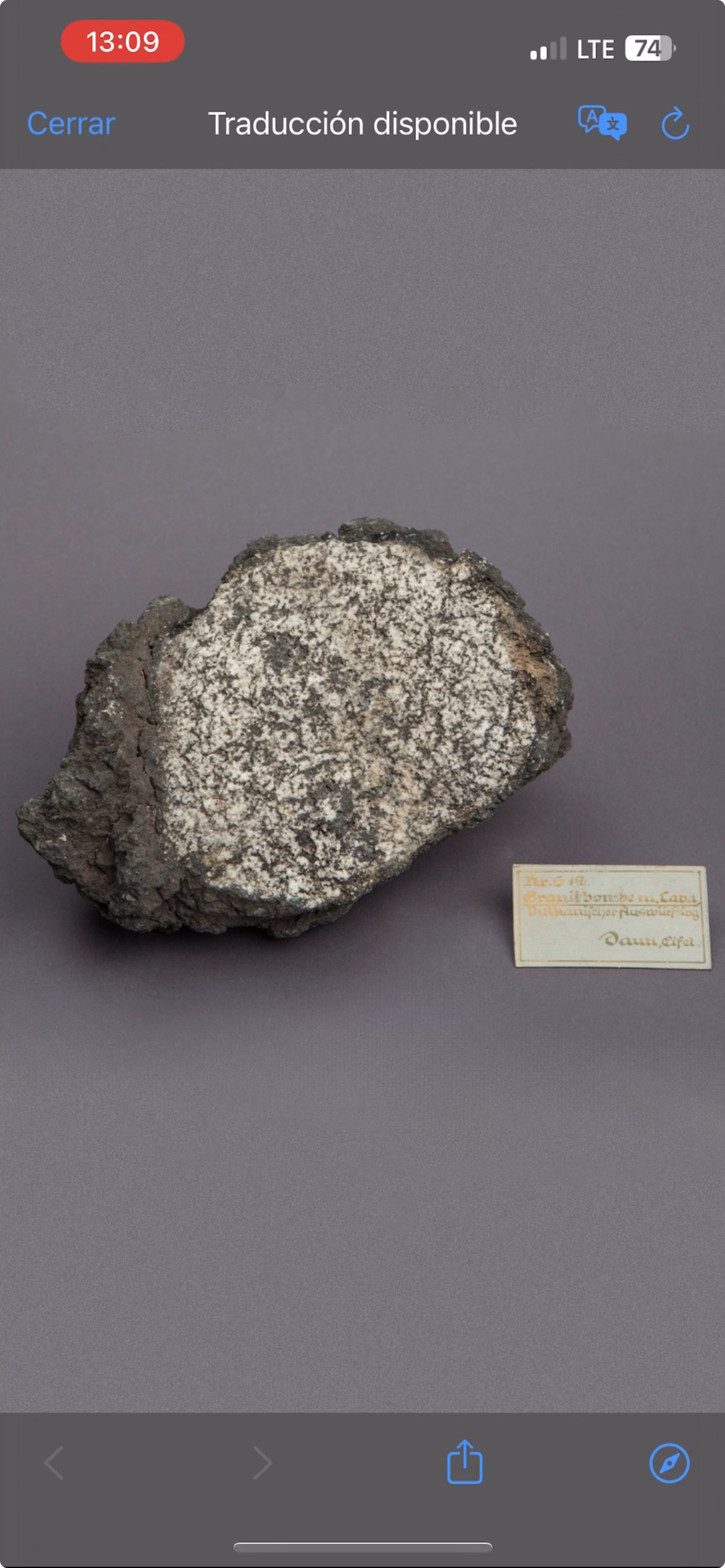


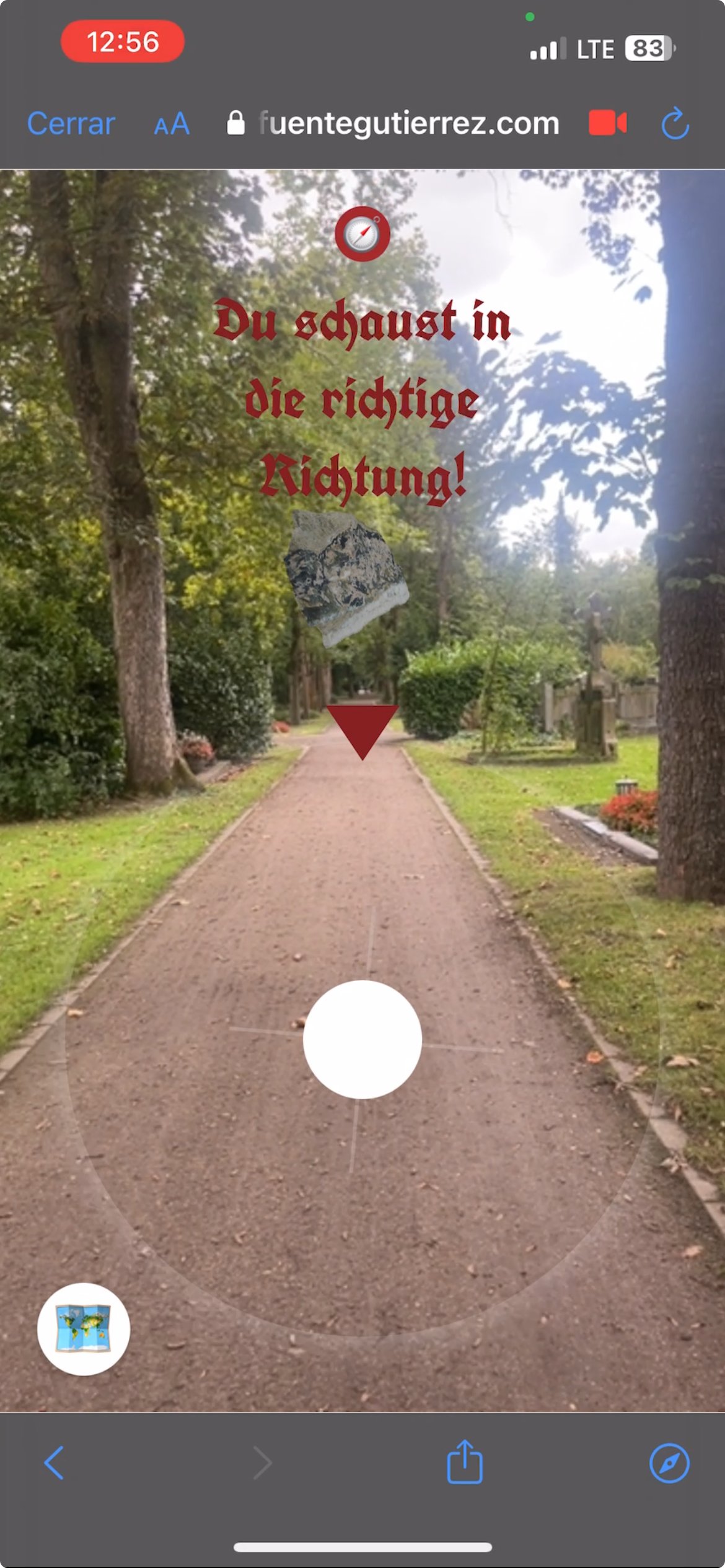
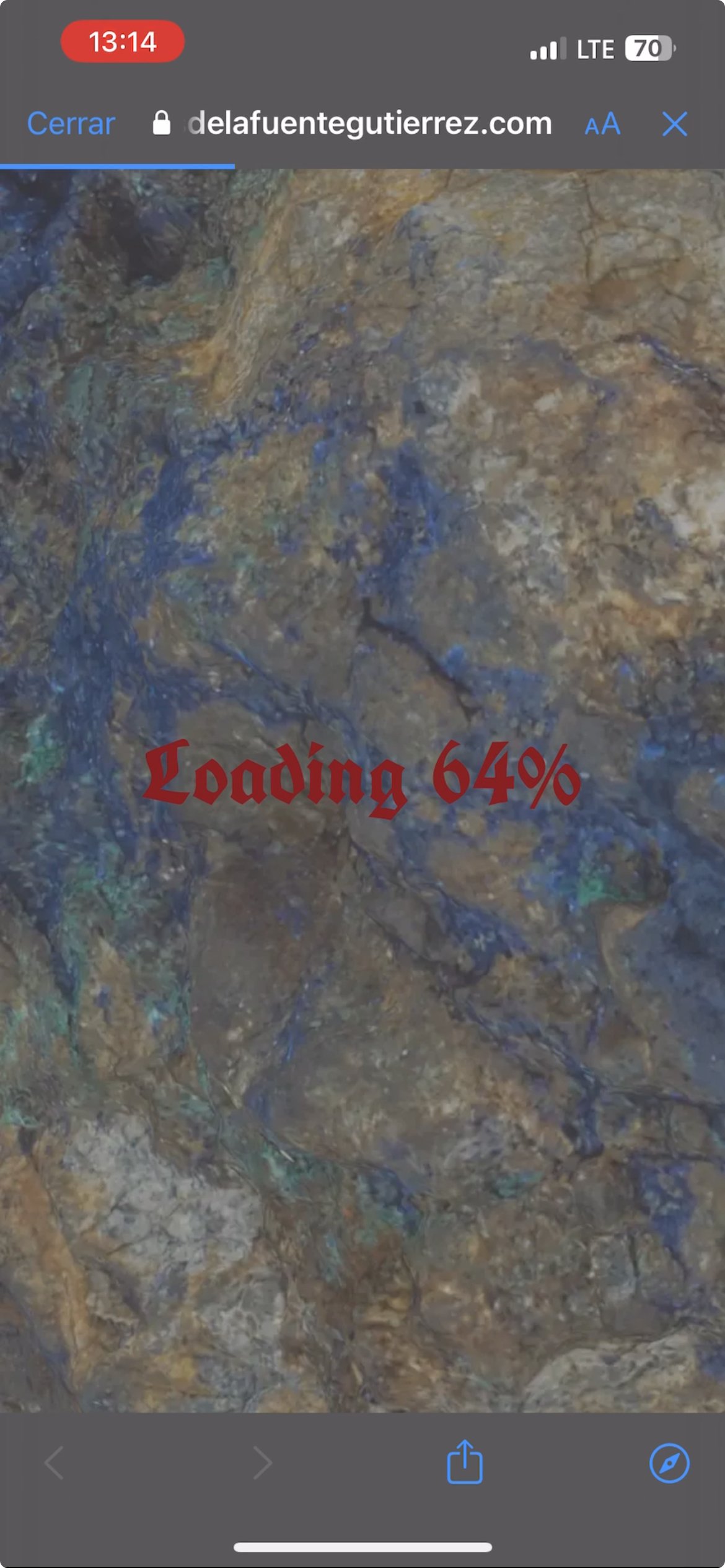


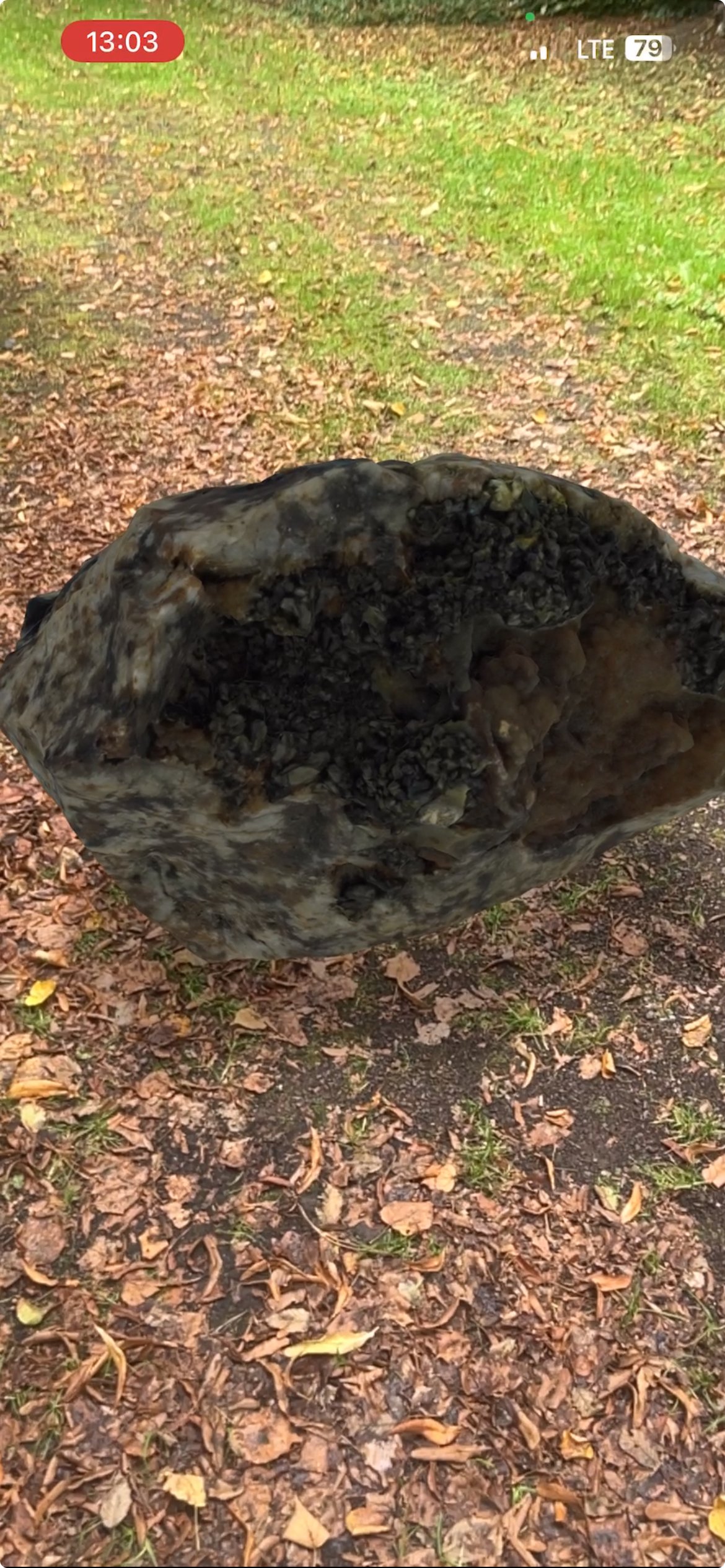

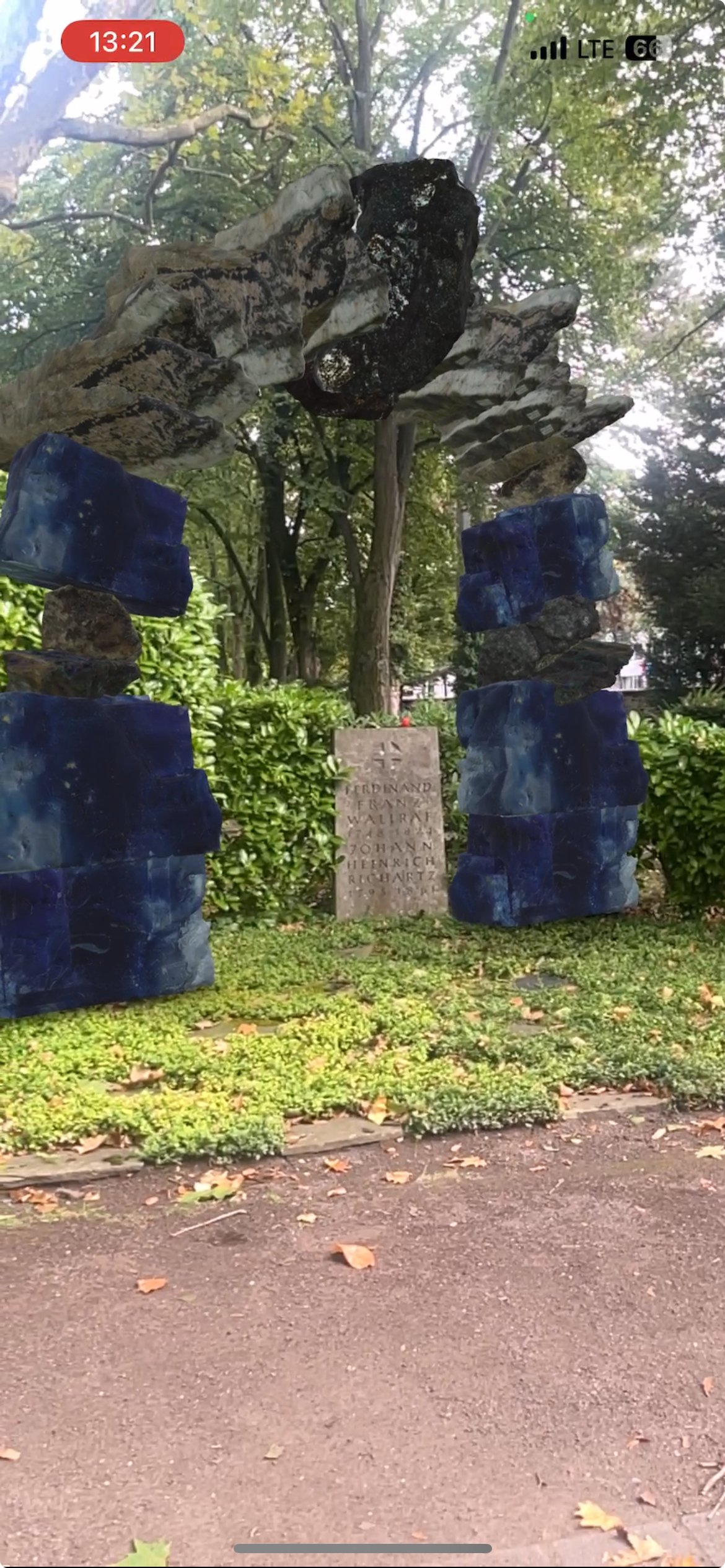
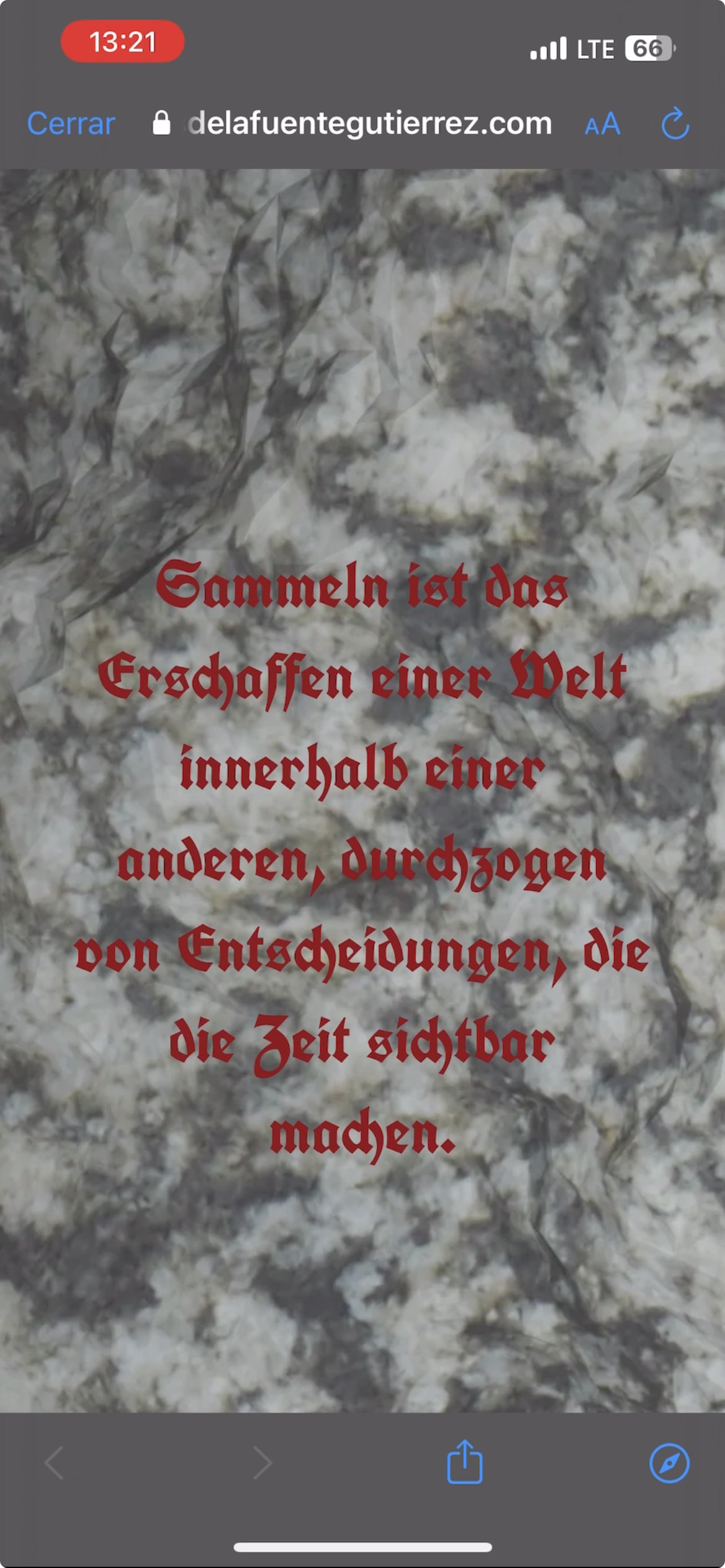

“Sacer Locus” is an interactive augmented reality walk through the Melaten Cemetery in Cologne, starting at the entrance of Weinbergstraße and ending at the old main entrance (Gate II), where Wallraf's grave is located. At the gates of Gate II, one can read the inscription "Funeribus Agrippinensium sacer locus" ("A place consecrated to the mortal remains of the people of Cologne"), an inscription that Wallraf planned for the gate in 1809 and which gives the project its name.
In collaboration with the GeoMuseum of the University of Cologne, particularly with Dr. Yannick Bussweiler and Sabrina Schrammen, we were able to access minerals from the Wallraf collection. These archival items, which were scanned in 3D, cross our path in the Melaten Cemetery and appear as new digital elements in the environment, in dialogue with the artificial rocks installed along the way that provide access to the different phases of the experience via QR codes.
The idea of strolling and getting lost despite the instructions of the online experience is highlighted by other virtual elements that guide us in the experience, like will-o'-the-wisps and "Fuegos Fatuos" in Spanish. These phenomena, originally considered superstitions that today turn out to be real consequences of the decomposition of matter, act as a common thread and connect thoughts about the act of collecting, which can sometimes also represent a form of madness, with the aspiration to "create a chaos that falls into its own hands."
The Wallraf minerals that we discover on the screen cease to be mere archival objects during our tour, as we discover new uses that the communications industry has found for them. Minerals like Wallraf's copper have become essential for the production of screens, like the mobile phone we hold in our hands during the walk.
At the end of the tour, at Wallraf's grave, all these minerals, whose history we have discovered, become part of a small mausoleum that references various projects for Wallraf's grave that were either never realized or were destroyed after the Second World War.
_____
"Collecting is the creation of a world within another, traversed by decisions that make time visible."
"Many objects decay more slowly than we do; their memory is repeatedly reactivated and transformed in the collection in which they are inscribed."